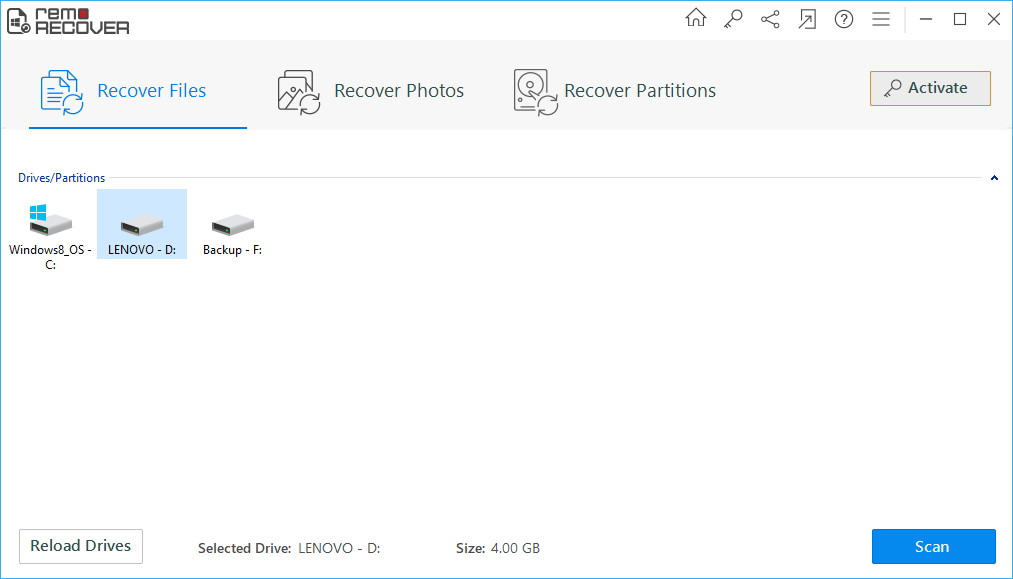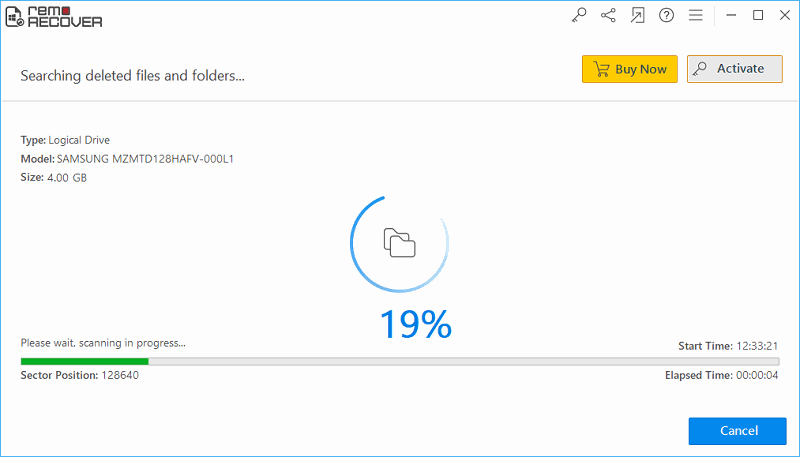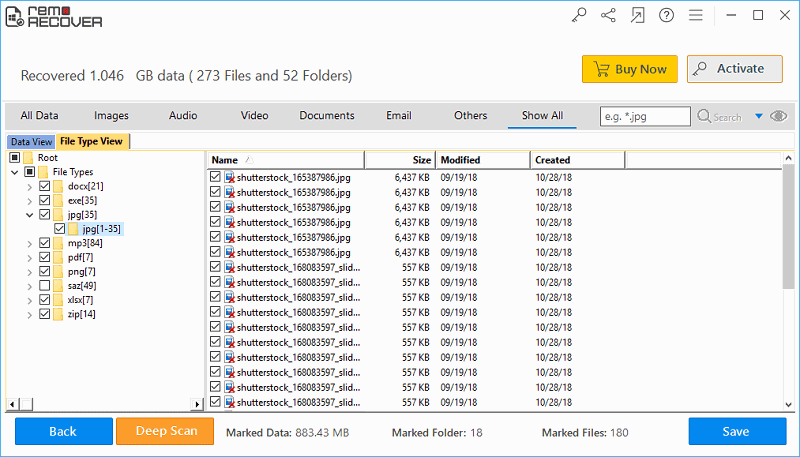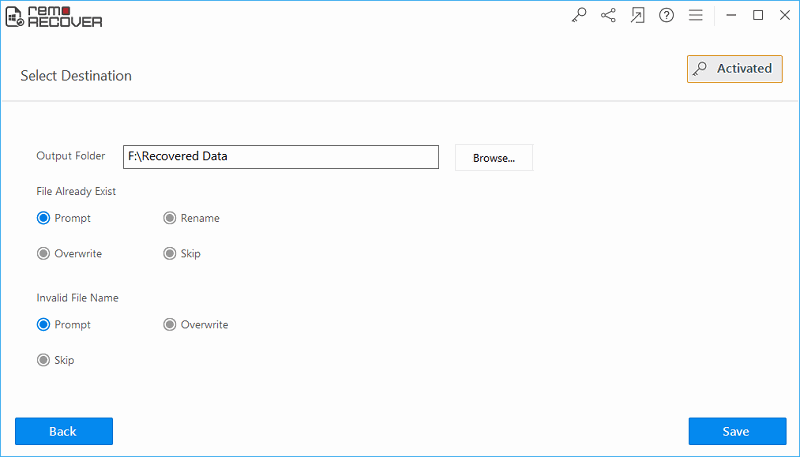How to Undo Deleted Files in SSD?
“Recently, I purchased a Transcend external SSD of size 512 GB. Then, I moved all my music collection from my HDD to this drive. During categorization of those files, I just deleted some unwanted items from that SSD. Now, I am feeling regret about this action. I just want to recover those deleted files since I don’t have copies of those files in any of my devices. I heard about recovery tools which can recover deleted data from SSD within few steps. If anyone of you know about such tools, just give names of few. I am waiting for your response”
Nowadays, there are many people who prefer buying an SSD instead of external HDD. It is because an SSD possess various features which a traditional HDD lacks. Anyhow in some situations, deletion of data can happen on your SSD. A few of such reasons are discussed below.
- Unintentional Deletion: The files which you are deleting from your SSD, will not move to Recycle Bin or Trash by default. Instead, it will get deleted permanently. Just imagine, if you accidentally pressed Delete button by selecting a vital file and just ignored file deletion confirmation. You have to use a tool for SSD deleted file recovery in order to get that file back.
- Third Party Tools: In various situations, you may lose precious data from your SSD due to the abrupt deletion of files by several third party tools. System optimizations tools, antivirus tools are some types of such third party applications.
- Other Causes: Files from your SSD can get deleted due to various other reasons like data transfer error, overwriting files with same file name etc.
Undo Delete is an advanced tool which can be used to restore deleted SSD files from different SSD brands like SanDisk, Transcend, Samsung, LaCie, Crucial, etc. “Preview Recovered Files” is a special feature of this tool, here you can view certain file types in a preview browser in order to evaluate the effectiveness of demo version of this tool. Don’t worry even there are bad sectors on the SSD drive, because, you can create “Disk Images” to avoid bad sectors if you are using this tool.
More Features of this Recovery Tool
- This is not just a tool for deleted file recovery; you can easily undo format by recovering all files lost due to formatting a drive.
- Undo Delete utility is produced to incorporate sophisticated algorithms to recover deleted data from SSD under various file deletion circumstances.
- This tool works on all the latest versions of Windows and Mac computers starting from Windows XP or Mac OS X 10.5 Leopard.
- Do you want to undelete files from your Sony memory Stick? Don’t worry, just use this tool to restore all types of deleted files from different memory stick types. If require, you can read on more details on this subject.
- FAT32, NTFS, VFAT, exFAT, NTFS5, HFS+, FAT16, etc. are some of the file systems which have the support this recovery tool.
- Using this tool, you can save recovered data into any CD/ DVD or any accessible drive to the host computer.
- You can retrieve deleted SSD files on any type of external SSD which uses data transfer interfaces like FireWire, Thunderbolt, eSATA, USB, etc. using this tool.
Note: Using this tool, it is now possible to recover files from Seagate hard drive, which is assumed to be one of the World’s most reliable hard drive brands. Both types of Seagate hard drives, say 3.5 hard drives which have been using on desktops and 2.5 laptop hard drives are supported by this recovery tool.
Steps for Recovering Deleted Data from an SSD
Step 1: Download the free version of Undo Delete software by clicking on the green Download Now button and install it on your system. Run the software and click on Recover Files in the main screen. Also select the drive from which you would like to recover deleted files and click Scan

Step 2: Now the software scans the selected drive to find the deleted and lost files. Wait untill the scanning & recovery process gets complete.

Step 3: All retrieved files will be listed in "Data View" and "File Type View" layouts.

Step 4: Finally, preview the recovered files just by double-clicking on the respective file, and if you are satisfied with the recovery results of the software, then activate it's complete license key, and save the recovered files at the location of your choice
